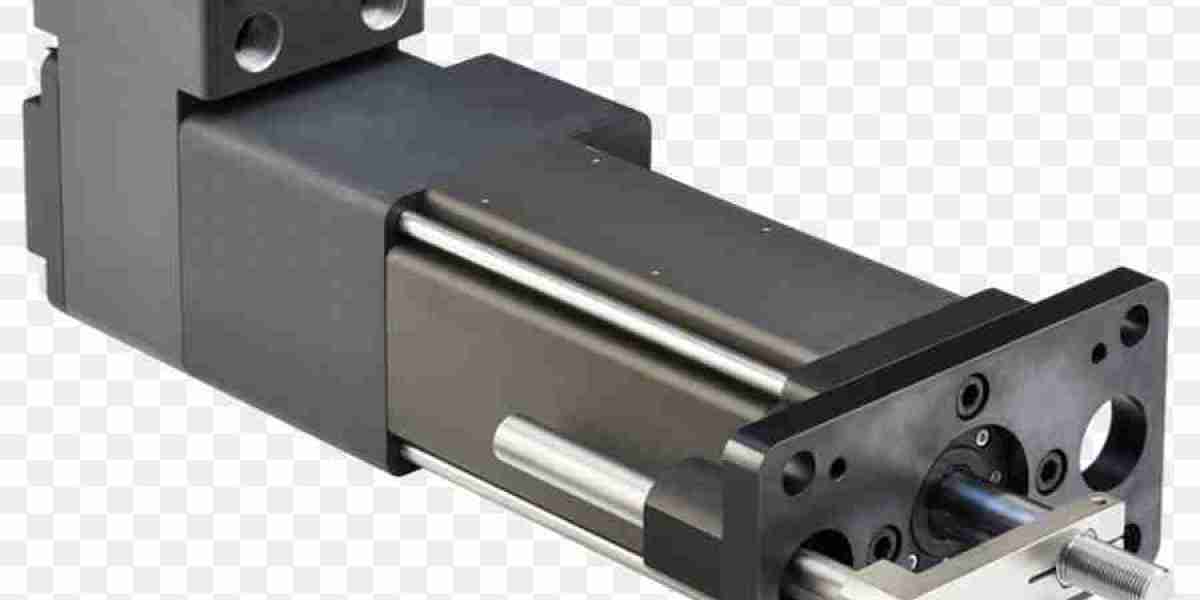The biophotonics market, which integrates light-based technologies with biological systems, has seen a significant surge in recent years, particularly in medical diagnostics. The fusion of nanotechnology and optics is transforming the landscape of healthcare, allowing for more precise, non-invasive, and real-time diagnostics. By using light to detect and monitor diseases, biophotonics provides a powerful tool for early disease detection, enabling better treatment outcomes. As the demand for more efficient healthcare solutions continues to rise, innovations in biophotonics are becoming increasingly important in shaping the future of medical diagnostics worldwide.
Nanotechnology plays a pivotal role in advancing biophotonics, particularly in the development of new diagnostic tools. Nanomaterials, such as quantum dots, gold nanoparticles, and carbon nanotubes, exhibit unique optical properties that make them ideal for imaging and sensing applications. These nanomaterials can be engineered to interact with biological molecules at a molecular level, improving the sensitivity and specificity of diagnostic tests. Quantum dots, for example, are used in fluorescence imaging, allowing for the detection of minute biological changes that would otherwise go unnoticed. This has profound implications for the early detection of diseases like cancer, where early intervention can significantly improve patient survival rates.
In addition to nanotechnology, advancements in optics are revolutionizing the field of medical diagnostics. Optics, particularly in the form of optical coherence tomography (OCT) and Raman spectroscopy, are being used to create high-resolution images of tissue, enabling non-invasive monitoring of diseases. OCT, for example, is widely used in ophthalmology to examine the retina and diagnose conditions such as glaucoma and macular degeneration. Similarly, Raman spectroscopy is used to analyze tissue samples at the molecular level, offering insight into the biochemical composition of tissues, which is crucial for identifying cancerous cells and other abnormalities.
The biophotonics market is also benefiting from the increasing demand for point-of-care (POC) diagnostics. These diagnostic tools are designed to be used outside of traditional clinical settings, such as in a patient's home or at a doctor's office, making healthcare more accessible and convenient. Nanotechnology and optics are essential components of POC diagnostics, enabling the development of portable, easy-to-use devices that provide accurate and rapid results. For example, wearable biosensors that use optical technologies to monitor glucose levels in diabetic patients are becoming more commonplace, empowering individuals to manage their health proactively.
The growing adoption of biophotonics in medical diagnostics is being driven by several factors, including the increasing prevalence of chronic diseases, aging populations, and the need for more cost-effective healthcare solutions. The global biophotonics market is expected to continue growing, fueled by the integration of cutting-edge technologies like nanotechnology and optics into diagnostic tools and devices. Furthermore, governments and healthcare organizations are investing heavily in research and development to support the advancement of biophotonics, recognizing its potential to revolutionize medical diagnostics and improve patient care.
As the field continues to evolve, it is clear that biophotonics, through the integration of nanotechnology and optics, will play a transformative role in the future of medical diagnostics. With ongoing advancements, this technology has the potential to reduce healthcare costs, improve diagnostic accuracy, and ultimately enhance the quality of care for patients worldwide.




